1. Weathered Stone Paths
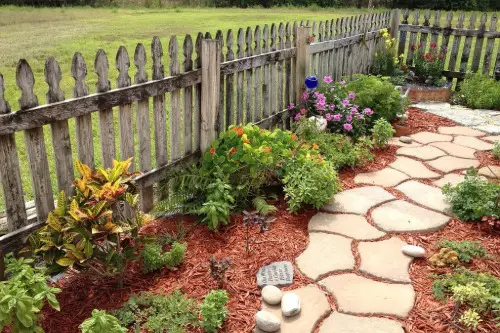
Stone walkways develop soft patinas, mossy edges, and gentle dips over time—proof of footsteps and seasonal shifts. Instead of losing appeal, they gain character and blend more organically into the surrounding landscape. Every crack and stain becomes part of the story. The garden remembers where you’ve walked.
Materials like flagstone and granite mellow gracefully, becoming less slippery and more visually integrated. As plants creep between stones and light shifts across uneven surfaces, beauty emerges from wear. It’s elegance earned, not installed. Your pathway becomes a memory trail.
2. Mature Climbing Vines
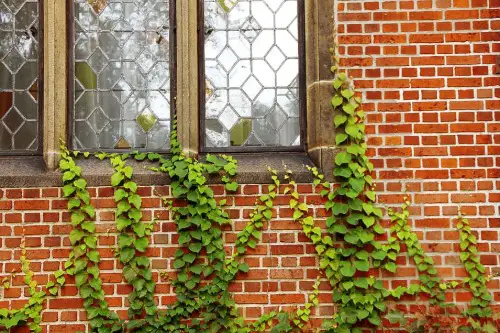
Vines like wisteria, clematis, or grape gain structure and impact as they thicken and drape. Young vines may feel spindly—but as they weave through trellises and fences, they create living architecture. Over time, their canopies provide shade, privacy, and breathtaking seasonal blooms. Growth adds gravitas.
You’ll notice the way they soften hard edges and reshape vertical space. Twisting trunks and tangled blooms carry personality. Your garden becomes a vertical narrative—wild, gentle, and rooted in patience. The more tangled, the more treasured.
3. Rustic Wooden Fencing
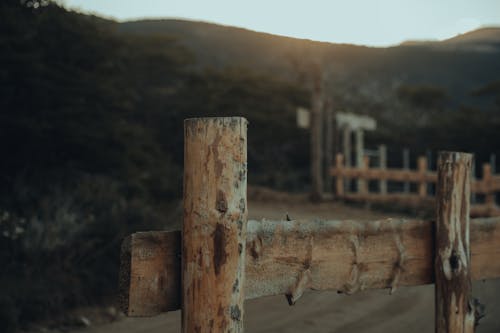
Fresh lumber can feel stark or too polished, but with sun, rain, and time, it grays beautifully into a soft, silvery hue. Cedar, redwood, and pine all develop distinctive aging patterns that feel authentic rather than artificial. Knots swell, grains deepen, and nature takes over. The fence stops separating—it starts belonging.
Weathered wood pairs especially well with native grasses and flowering perennials. Lichen or moss adds an extra layer of visual texture. You’re not just fencing a space—you’re shaping a backdrop. Age adds visual humility—and charm.
4. Moss-Covered Planters
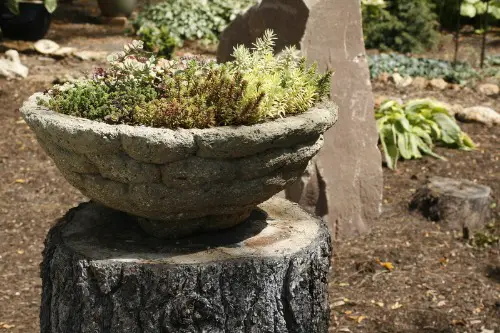
Terra cotta and stone pots gain life when moss creeps across their surfaces. The subtle green wash turns plain containers into romantic, old-world garden accents. Moisture, shade, and time bring the transformation. It’s nature’s embellishment.
Moss softens lines, hides imperfections, and gives your garden a storybook touch. Let containers sit in shaded areas and avoid scrubbing them pristine. Aging planters offer muted beauty and a touch of mystery. They look like they’ve always belonged.
5. Patinaed Metal Fixtures
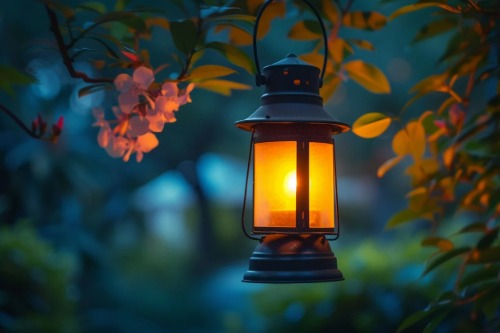
Copper lanterns, iron trellises, and zinc planters shift from glossy to dignified over time. Exposure to air and weather builds rust, verdigris, and subtle tonal shifts that deepen the visual appeal. You stop polishing—and start admiring. The finish fades into character.
Instead of treating aging as damage, you learn to welcome it. The right amount of rust becomes a design statement. These pieces become garden jewelry—earth-worn, radiant, and real. Time wears better than varnish.
6. Established Garden Benches
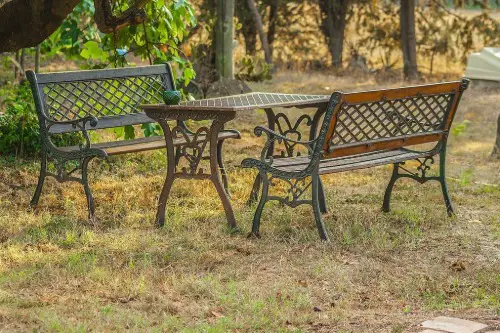
Wooden or stone benches gather lichen, soften with grain, and settle into the soil just enough to look permanent. The wear is physical—but the emotional comfort grows too. Sitting on something seasoned brings steadiness. Age builds ambience.
Benches that withstand weather speak to resilience and invitation. They become familiar gathering spots, even without fanfare. New benches might look stylish—but old ones feel sacred. Rest happens deeper when the seat remembers you.
7. Self-Seeding Wildflowers
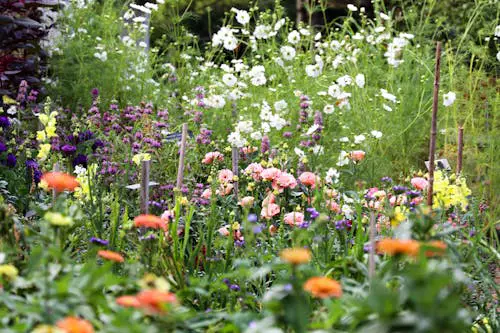
Letting certain flowers reseed naturally each year means your garden starts building its own rhythm. Pop-ups of cosmos, poppies, or echinacea begin to reflect weather, mood, and animal movement. It’s gardening that learns from itself. Chaos becomes choreography.
Each season brings variation—not replication. Your garden adapts, evolves, and surprises. What once seemed unruly starts to feel poetic. You’re not just planting—you’re partnering.
8. Stone Walls or Edging
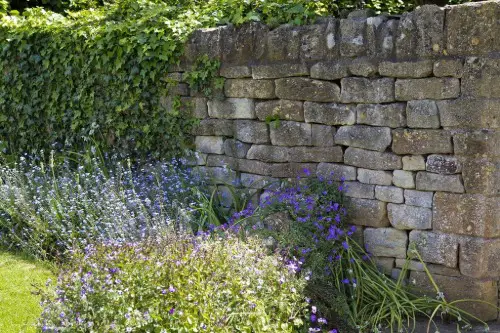
Stacked rocks or stone borders settle into soil, grow moss, and develop rich discolorations with age. Initial formality gives way to organic integration, especially when paired with creeping groundcovers. Time takes the edge off. Stones start shaping silence.
They hold warmth from the sun and frame spaces with emotional weight. Cracks deepen, insects nest, and flowers find footing. You build more than structure—you build legacy. The best edges blur.
This post 8 Garden Features That Look Better with Age was first published on Greenhouse Black.
